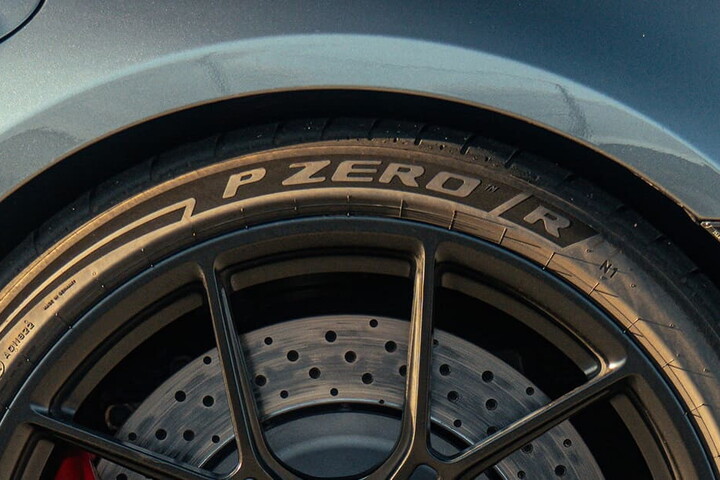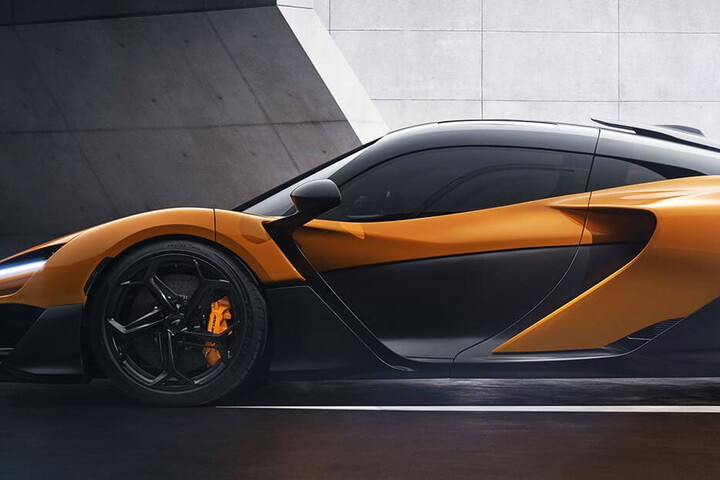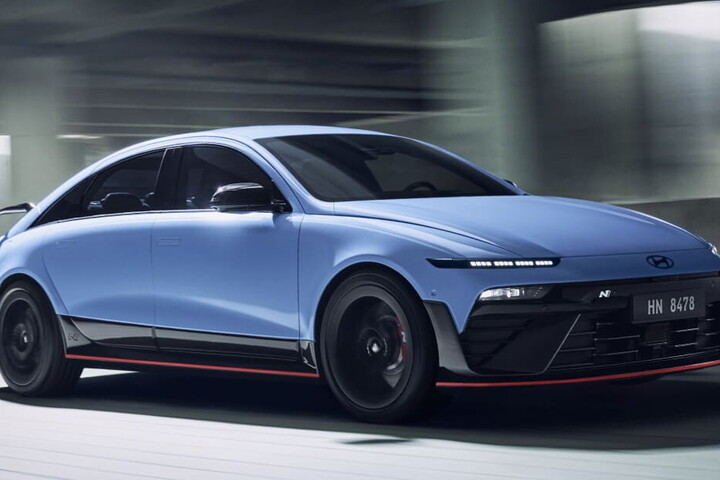There was a time when sports cars were tough, difficult and demanding – for both driver and passenger. Today, electronics have made the experience smoother, more simple, at the touch of a button, even if sometimes too filtered.
Then there are Paganis. Cars that deliver everything that new technology has to offer, without compromising on the emotion of the driving experience. To drive in comfort but also to receive every piece of information, from the wheels to the hands on the steering wheel. To comply with emission regulations but retain the roar of a V12 engine. Vehicles where innovation is at the service of the purest tradition of the sports car.

It is founder Horacio Pagani's secret formula. Beneath a captivating exterior, hidden by perfect silhouettes that flow seamlessly across the entire car, lies a wealth of technology with a single objective: to deliver the concept of “emotional driving” – born with the sports cars of the 1960s and 1970s. Such cars left an indelible mark on history and today are the most dreamed of by sports driving enthusiasts, precisely because they are pure, without compromise. Cars that could no longer be offered for sale because the world has changed in the meantime.

Today, among electric motors, hybrid solutions and compromise segmentations, finding a V12 engine under a car bonnet is a rare thing. It's the “king of engines”, a unit now on the verge of extinction due to emission control regulations. But at Pagani, the search for the right calibrations, the best interaction between the two banks of cylinders and the turbochargers, enables even the most exacting tests to be passed. The company's engineers dedicated half of the development prototypes specifically to the engine, to keep those 12 cylinders screaming but led by the hand into the present day, allowing certification for all markets, including the most stringent in California. All without having to resort to hybrid technology, which would have brought complications and extra weight.

To transmit the 1,100 Newton-metres (Nm) of torque to the tyres, there's the quintessential gearbox. Manual, with a short lever and partnered by a clutch, itself increasingly rare in sports cars. A challenging and counter current choice that required three years of fine-tuning to give the right feeling to the driver. Because that's what sports driving is made of: sensations.
Sensations that are received from the interaction with the car, even from the controls in the passenger compartment. Hence the displays, reduced to a minimum but with physical buttons that “click” when activated. Behind those buttons has been meticulous research to make the experience easy and at the same time tangible. There's an “analogue” electronics system, created specifically to put everything at the occupants' fingertips, as on Riva speedboats where everything is in its place. But without weighing down the car – or life on board.

Weight is a decisive variable for enjoyment of the drive. And here's how the study of new materials and the processes to manage them becomes fundamental to creating a coupé with the same stiffness and weight values as a roadster. It's the exception that confirms one of the most certain rules in the automotive world: open-top versions weigh more than closed ones. Except this one. Thus, to compose it, there are 40 different types of pre-impregnated carbon-fibre-based materials developed by Pagani and skilfully combined.
A meticulous task – and the result of synergy between every single component designed by Pagani Automobili. Also thanks to the support of suppliers like Pirelli, which brought Cyber Tyre, the world's first integrated hardware and software system capable of collecting data from sensors inside the tyres, processing them through Pirelli's proprietary software and algorithms, and communicating in real time with the vehicle's electronics. This enables the development of new features that are fully integrated with the driving and control systems, enhancing the driving experience and improving safety. And, while complexity increases, compromises are reduced, creating a balance between tradition and technology.

This is the Pagani Utopia Roadster, the latest masterpiece from that small atelier near Modena that makes every roaring V12 a dream come true.
And then: why choose a touch button to open the engine compartment when you can grasp a strip of leather, feel it between your fingers until the click of the clip closure, the first gap that forms between the bodywork and the bonnet that ingests air like a bellows, then reveals the marvel of mechanics that is the twin-turbo V12, refined with such care?




